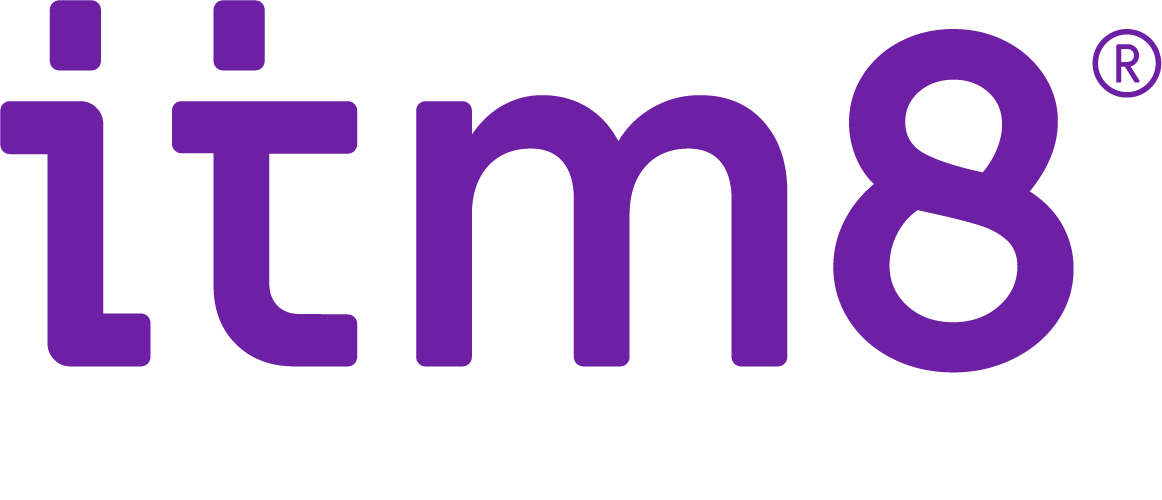Vad tycker våra kunder om våra produkter och tjänster egentligen? Och hur upplever de besöket i vårt varuhus, vårt servicekontor eller liknande? Sådana frågor har företagare i alla tider försökt få svar på, på olika sätt.
Frågorna är högaktuella idag, när många företag vill bli mer kundcentrerade i sin verksamhet, och inte längre utgå från produkt eller teknik. Enkäter, mentometerknappar och intervjuer är vedertagna sätt att samla in kundfeedback på, men de kan vara resurskrävande och visar sällan hela sanningen och det kan lätt bli lite fyrkantigt när resultaten ska analyseras. Tänk om vi istället kunde tyda våra kunders ansiktsuttryck för att förstå vad de tycker om sin upplevelse?
Ansiktsuttrycksavläsning
Den som har sett tv-serien Lie to me (http://www.imdb.com/title/tt1235099/) som baserar sig på Paul Ekmans (https://en.wikipedia.org/wiki/Paul_Ekman) arbete vet att ett ansiktsuttryck säger mer än tusen ord, och att det dessutom är en betydligt mer ärlig indikator på vad vi tycker om något än det vi uttrycker via ord. Ansiktsuttrycksavläsning används för att hitta potentiella terrorister på flygplatser, fast då utförs granskningen i regel av mänskliga kontrollanter. Men vi behöver inte ta till så drastiska exempel för att hitta situationer då vi hade kunnat dra nytta av att analysera en stor mängd ansiktsuttryck. Tänk om du kunde se i vilka områden av ditt varuhus som de flesta kunderna verkar gladast och nöjdast och var deras ansiktsuttryck inte alls ser lika glada ut? Du kanske skulle vilja veta hur många besökare du har, ungefär hur gamla de är och ifall de är män eller kvinnor. Tänk om vi kunde anpassa reklam efter vilken sinnesstämning som människor befinner sig i? Dessa idéer väcker givetvis också integritetsfrågor som är viktiga att adressera vid tillämpning av dem. Men faktum är att tekniken för att analysera ansikten och ansiktsuttryck redan finns tillgänglig.
Av en ren händelse så har Microsoft serverat ett helt smörgåsbord med allehanda tjänster i deras Azure portal. En av dessa tjänster heter Cognitive Services med ursprung i Microsoft Project Oxford och tillhandahåller ett antal gränssnitt med AI-funktionalitet. Vi skapade en enkel applikation med målet att ta reda på om det finns ett ansikte framför kameran och i så fall utvärdera dels om det är en man eller kvinna men även vilka känslouttryck ansiktet uppvisar. I aktuellt exempel så visar det sig vara en man framför kameran med en känsla av överraskning på 76%. Övriga mätbara känslor inkluderar glädje, rädsla, förakt och avsky men även andra attribut som hår, ansiktsbehåring och eventuella glasögon. Utökad funktionalitet kan till exempel innefatta ansikts- och röstigenkänning, identifiering av objekt i bild, och även tvåvägskommunikation med en artificiell intelligens i form av en bot. Eftersom majoriteten av beräkningskraften ligger i molnet så finns det heller inga hinder att paketera det hela i en resurssnål IoT-enhet som för övrigt kan hanteras av en annan tjänst i Azure vid namn IoT Hub.
Detta var som sagt ett enkelt experiment som gick relativt snabbt att sätta upp. Vi utforskar nu området vidare för att hitta fler nya och intressanta tillämpningsområden för den här tekniken, och för att hitta hur vi på bästa sätt kan stötta våra kunders verksamhet med den här typen av teknik. Har du en idé eller ett case där du tror att ansikts-, röst- eller bildobjektidentifiering kan komma till nytta? Eller är du nyfiken på att lära dig mer om den här tekniken? Tveka inte att höra av dig till oss på Itm8 för att diskutera vilka möjligheter som finns!


